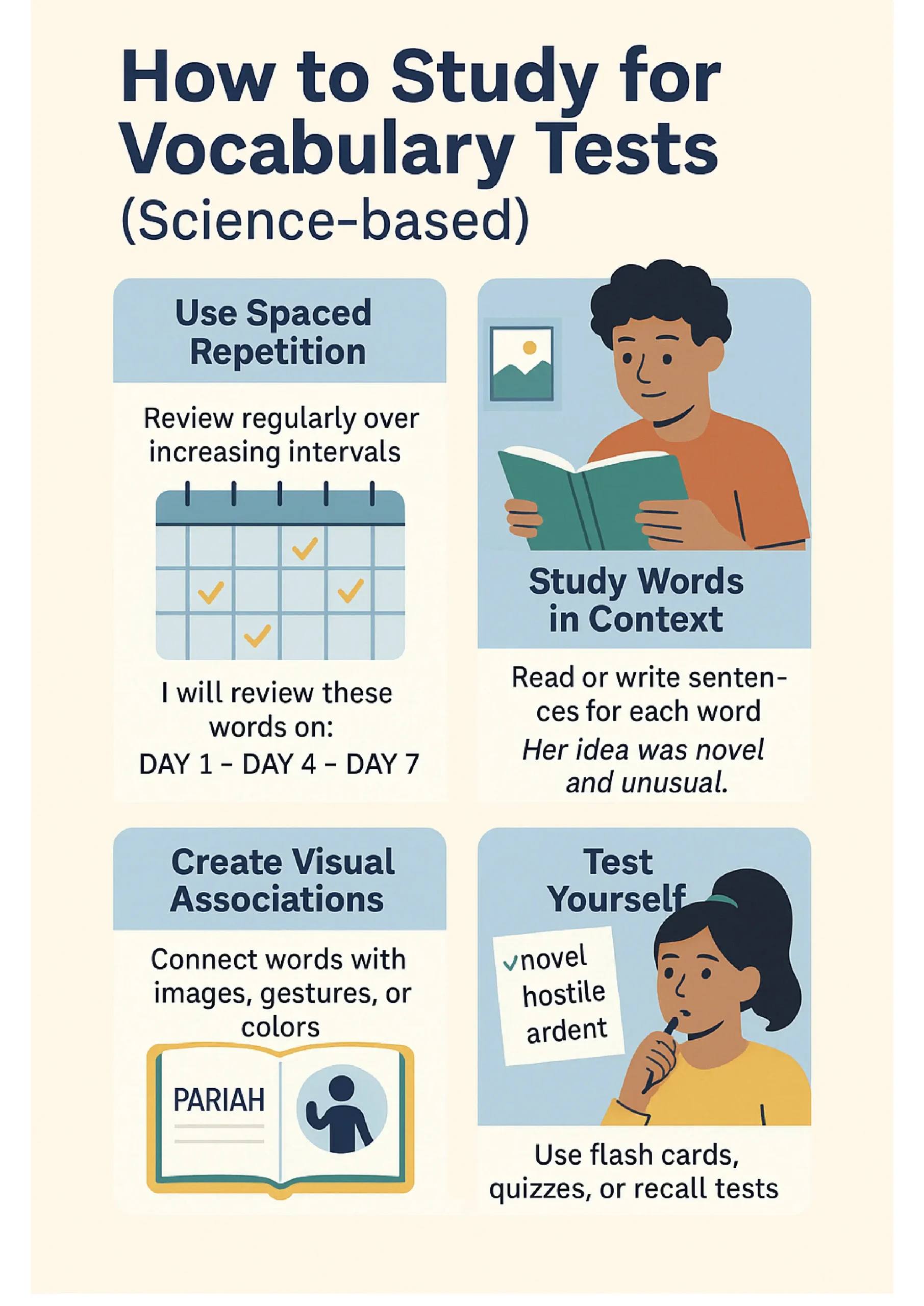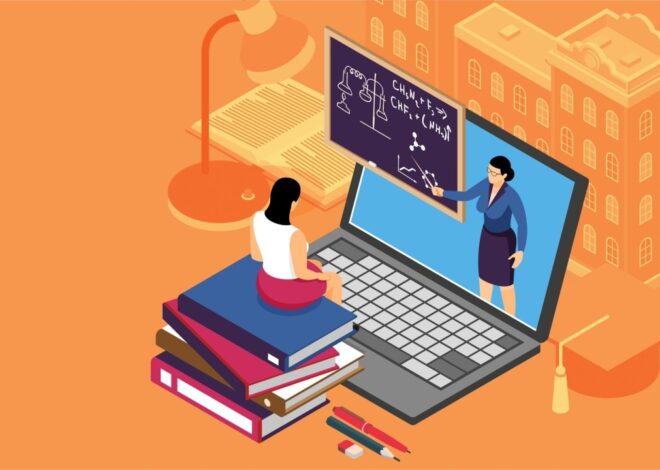
Behind Every Great Revision Resource Lies Expert Planning and Insight
It takes both art and science to produce revised materials that actually benefit pupils. Examiners and teachers devote hours to researching test patterns and learning styles. To develop resources that enhance learning outcomes, they review previous exams, marking methods, and syllabus revisions. GCSE Predicted Papers, which are meticulously crafted to replicate actual test settings, are among the most well-known instances of this endeavor. These materials are well-researched strategies that help kids succeed rather than haphazard assumptions. Teachers create revision resources that improve the effectiveness and focus of learning via experience and analysis.
Find below five ways in which teachers and examiners create revision resources that truly work.
Studying past papers and new trends
Teachers and examiners start by carefully going over past test papers. They look into the format of questions and the most common subjects. They can forecast future question kinds and subjects by identifying patterns. This is how future issues are reflected in technologies like GCSE Predicted Papers 2026. Educators integrate their subject-matter expertise with data analysis to keep these publications current.
Collaborating with experienced examiners
It is seldom possible to create effective revision materials independently. Teachers and examiners with actual exam marking expertise frequently collaborate closely. These professionals are aware of the expectations of test boards and the areas where pupils typically receive lower grades. Their observations influence the creation of materials that instruct pupils on how to steer clear of typical blunders. The finished result is more accurate and richer when more educators collaborate.
Designing questions to challenge all ability levels
Every learner, from novices to experts, should be supported with a quality revision tool. To address a variety of requirements, educators design a variety of questions, ranging from easy to difficult. For instance, questions at the Grade 9 GCSE level are intended to assess higher-order thinking abilities. These encourage pupils to use their knowledge in more in-depth and original ways. Every student may progress smoothly when challenging and simple questions are balanced.
Testing and reviewing the materials
Teachers test revision papers with actual students before publishing them. They assess how well students comprehend the questions and make necessary adjustments for any ambiguities. These trials’ feedback aids in increasing precision and lucidity. Additionally, teachers verify that the scheduling of the papers corresponds with the real conditions of the test. The final resource will be fair and difficult, thanks to this thorough testing.
Keeping resources updated and accessible
Exams and education are always evolving. Teachers and examiners are always updating their materials to meet new requirements. To keep up to date, they update new examples and eliminate out-of-date material. These updated resources are also widely shared online, making them accessible from any location. Because of this transparency, more students may take advantage of high-quality revision assistance. Materials are kept current, accurate, and in line with actual test requirements through frequent revisions.
To sum up
Careful planning and teamwork provide effective revision materials. Behind the scenes, teachers and examiners combine creativity, testing, and research. Their objective is to provide students with resources that actually help them succeed.


